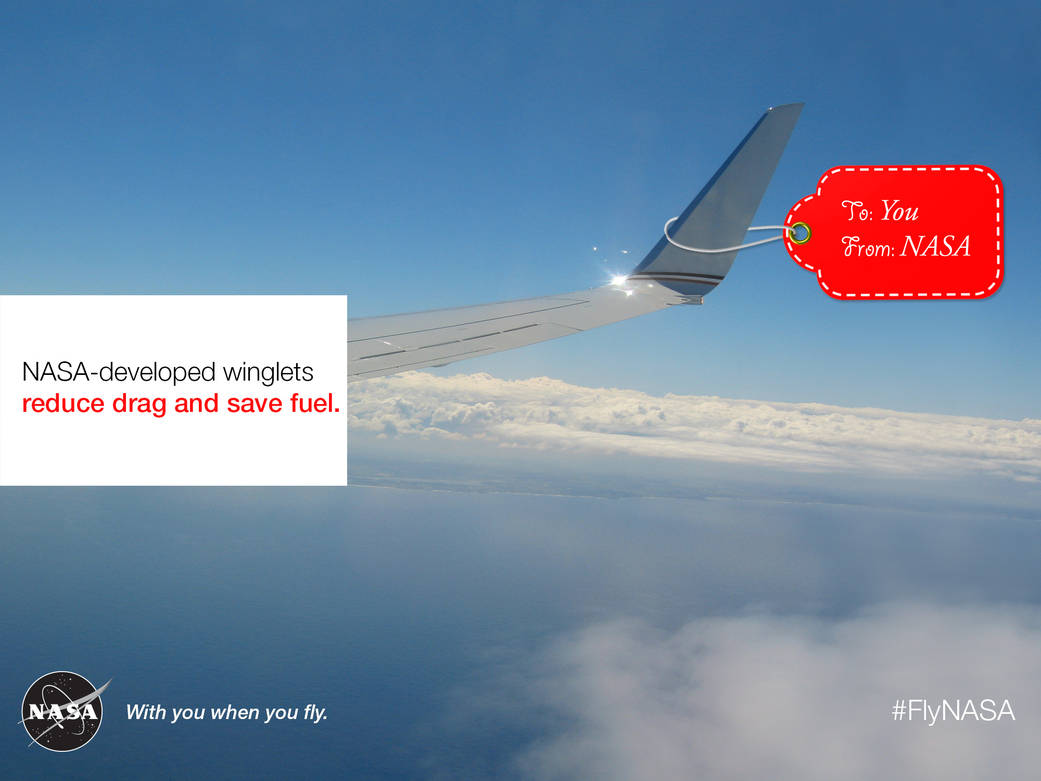During the 1970s and 1980s, NASA research led to the development of vertical extensions that can be attached to wing tips in order to reduce aerodynamic drag without having to increase wing span.
The first aircraft to adopt winglets were within the general aviation and business jet communities. In the mid-’80s, Boeing produced the 747-400 commercial jetliner, which used winglets to increase its range.
According to industry, since first introduced to fleets, NASA-developed winglets have saved airlines approximately 4 billion gallons of jet fuel..
Winglets also help reduce carbon dioxide emissions as the result of the reduced fuel use, and also help reduce aircraft noise on takeoffs and landings.
































